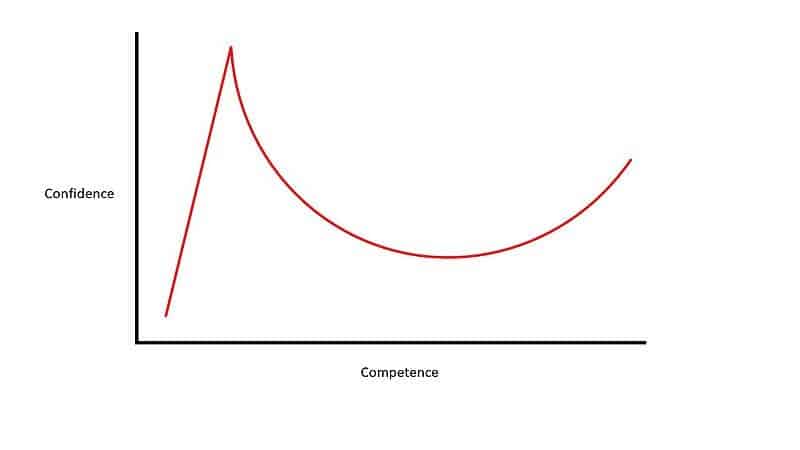 Curtis H, Milner J
Curtis H, Milner JJournal of Medical Ethics
2020;46:168-171.
Abstract
In recent years, online direct-to-consumer pharmaceutical companies have been created as an alternative method for individuals to get prescription medications. While these companies have noble aims to provide easier, more cost-effective access to medication, the fact that these companies both issue prescriptions (via entirely online medical reviews that can have no direct contact between physician and patient) as well as distribute and ship medications creates multiple ethical concerns. This paper aims to explore two in particular. First, this model creates conflicts of interest for the physicians hired by these companies to write prescriptions. Second, the lack of direct contact from physicians may be harmful to prospective patients. After analysing these issues, this paper argues that there ought to be further consideration for regulation and oversight for these companies.
The info is here.







